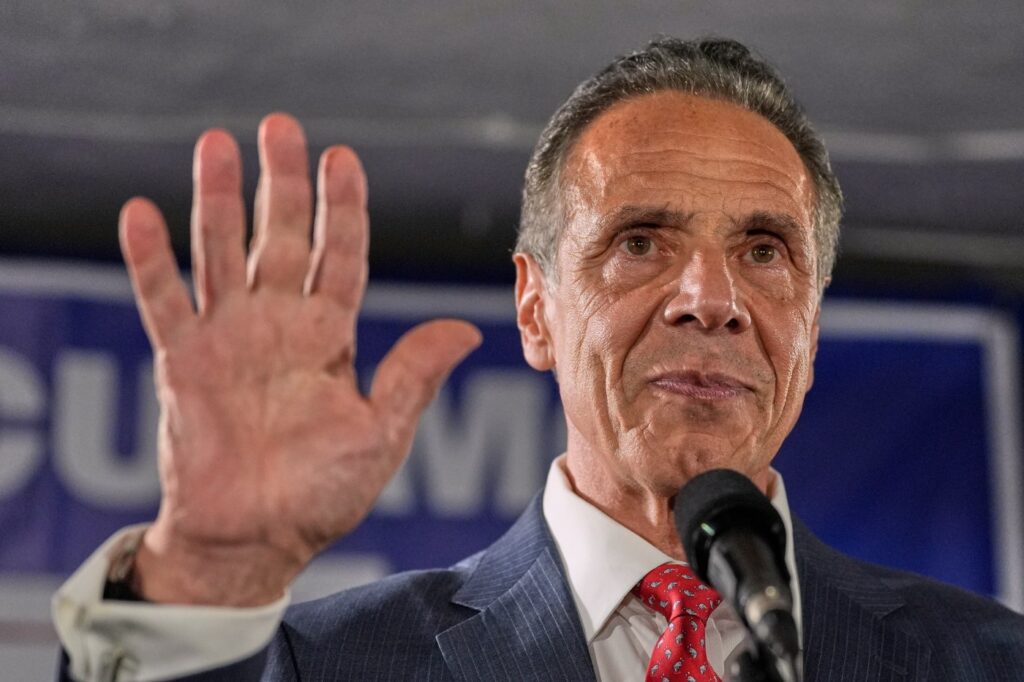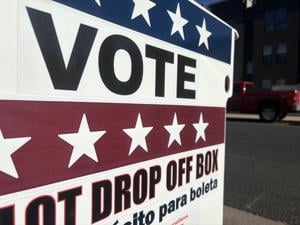
Former New York Governor Andrew Cuomo is intensifying his efforts in the race for mayor of New York City as he seeks to rebound from a disappointing primary defeat. Since announcing his candidacy as an independent on July 14, 2025, Cuomo has promised a more proactive approach, aiming to connect with voters in neighborhoods that previously supported him.
Cuomo’s campaign strategy marks a departure from his earlier tactics during the primary against Zohran Mamdani. He admitted to “playing it safe” in that contest and is now focusing on “meeting voters where they are.” His recent campaign activities include visits to housing complexes in the Bronx, East New York, Brownsville, Staten Island, and the Upper West Side, targeting areas where he performed well in the primary.
Democratic strategist Trip Yang commented on Cuomo’s current strategy, noting that he is concentrating his efforts in neighborhoods that favored him previously, which may be a calculated move to engage moderate voters. “Neighborhoods with more moderate primary voters likely will also have more moderate general election voters,” Yang explained. He added that while Cuomo is focusing on familiar territory, it may suggest a cautious approach to his campaign.
Cuomo’s spokesperson, Rich Azzopardi, emphasized the campaign’s commitment to broader outreach. “This is a new campaign and we’ll be everywhere and talking to everybody,” he stated. Cuomo’s campaign has reported that he has visited a total of sixteen neighborhoods since his re-launch and plans to continue reaching out to diverse areas, including Jackson Heights and East Harlem.
The former governor has also made a point to increase his accessibility to the media. Unlike his previous “rose garden” strategy, Cuomo has participated in numerous one-on-one interviews. He acknowledged the shift in audience for the upcoming election, stating, “It’s a different electorate. It’s bigger, it’s more moderate.”
In an effort to resonate with voters, Cuomo’s campaign is adopting strategies similar to Mamdani’s successful outreach, including the use of casual, conversational videos. These social media posts feature Cuomo engaging with residents, visiting local businesses, and participating in community events, aiming to present a more approachable image.
Despite these efforts, Cuomo faces significant challenges. Mamdani’s primary victory, which he secured by a surprising thirteen-point margin, has garnered support from various unions and political figures, including Representative Adriano Espaillat, who recently endorsed him. Additionally, Cuomo is competing against incumbent Mayor Eric Adams, who has gained traction with moderate voters and substantial fundraising support.
As the campaign progresses, Cuomo’s strategy will be closely monitored, particularly given the shifting political landscape. Both he and Adams are positioning themselves as business-friendly candidates in contrast to Mamdani’s progressive platform. With the general election approaching, the effectiveness of Cuomo’s revamped campaign will be crucial in determining his viability as a contender in New York City’s complex political environment.







